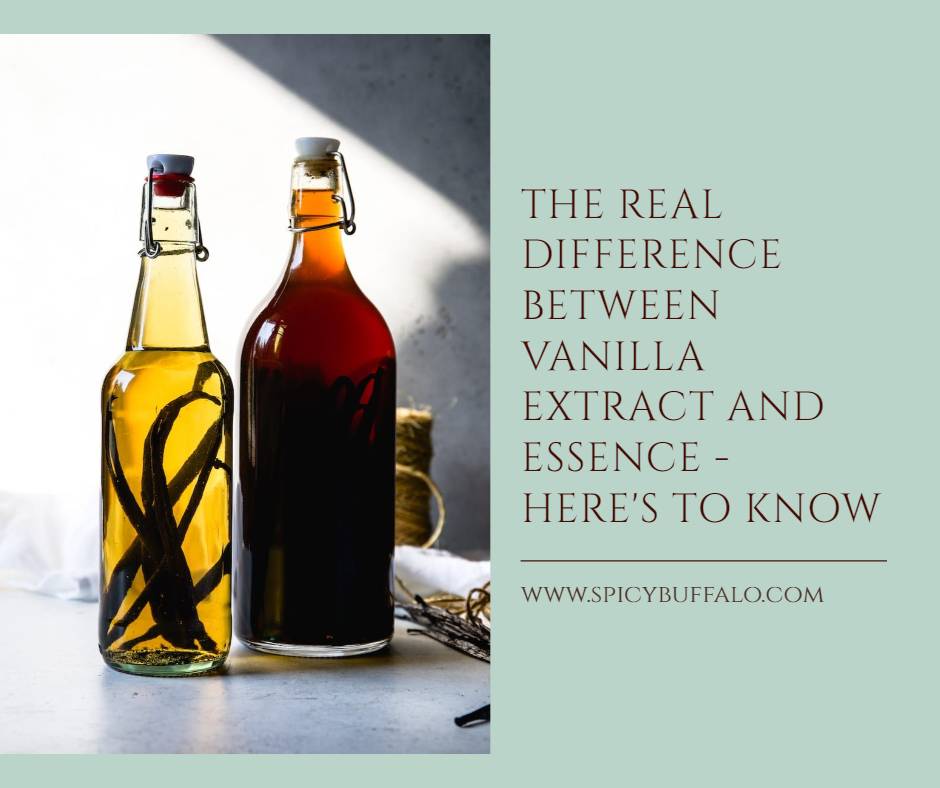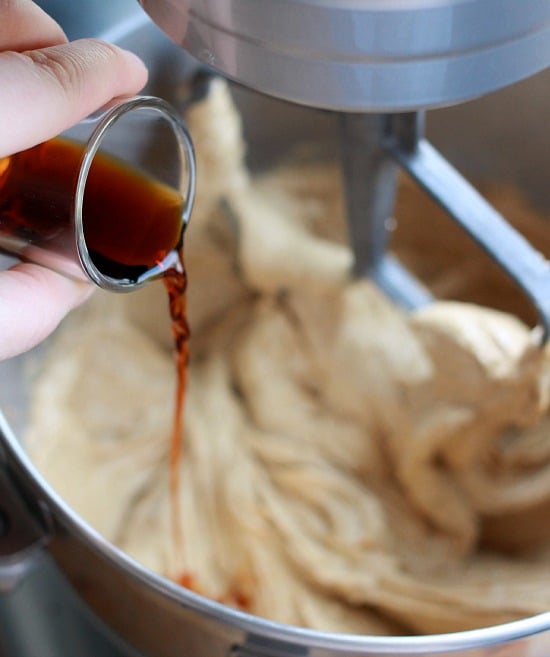Vanilla is one of the most important flavorings in baking. Whether it is the main flavor or a supporting flavor, vanilla is used more than any other seasoning in baked goods. Learn the different types of vanilla products you can use for baking and how they are best used.
Today we are diving into arguably the most common flavoring used in baking, vanilla. Vanilla is one of the most popular flavors used worldwide and it is incredibly common to use it in baked goods.
If you’ve ever baked anything in your life then you likely have a little bottle of vanilla extract in your cupboard. But there are many other vanilla products available and they all have their best uses.
True vanilla comes from a pod, sometimes referred to as a bean, of a climbing orchid. This orchid is native to central and northern South America.
Inside the vanilla pod, there are thousands of tiny seeds that are highly aromatic and contain most of the vanilla flavor. Often when you buy something labeled as “vanilla bean” flavored you will notice all of the tiny little seeds throughout the product. This is a visual cue that the flavor is the real thing.
Baking vanilla is a clear, colorless liquid that is made from a combination of water, alcohol, and vanilla flavor. It is usually less expensive than pure vanilla extract and is often used in commercial baking. Pure vanilla extract, on the other hand, is made by steeping vanilla beans in alcohol and water.

Where do Vanilla Beans Come From?
While Mexico is known as “the birthplace of the vanilla bean,” currently Madagascar is the world’s leading producer of vanilla. Tahiti is also a big producer of vanilla beans, and depending on the origin of the beans, it has a different flavor profile.
The whole process of producing vanilla from start to finish is both labor-intensive and time-consuming. This is why vanilla is among one of the most expensive spices in the world.
Where does Vanilla Extract Come From?

Vanilla extract is made by soaking vanilla pods in alcohol and water. Over time the complexities of the vanilla flavor become infused in the liquid creating vanilla extract.
Some vanilla manufacturers use cold extraction techniques which does take longer to produce but keeps more of the full flavor intact. While other producers use heat in their process. Cold extracted vanilla, like Neilsen-Massey, is typically more expensive but is also seen as higher quality and fuller in flavor.
It is actually quite easy to make your own homemade vanilla extract by soaking split vanilla beans in vodka or bourbon. This also greatly reduces the price!
Expert’s Guide to Vanilla: Extract, Paste, Powder, and Whole Beans
FAQ
Can I substitute baking vanilla for vanilla extract?
Does imitation vanilla extract taste the same as pure vanilla extract?
Can you use pure vanilla extract for baking?
Which vanilla is better for baking?
Is baking vanilla the same as vanilla extract?
Baking vanilla and pure vanilla extract are often used interchangeably, but they are not the same. Vanilla extract is distilled from vanilla beans and contains alcohol, while baking vanilla is a mix of synthetic vanilla flavoring and other sweeteners.
Mexican vanilla vs Regular vanilla: Which is healthier?
Regular and pure Vanilla is made from whole vanilla beans extracted with alcohol. Whereas Mexican vanilla is made using tonka tree which belongs to pea family, extracts of vanilla are added and is entirely different from regular vanilla. Regular vanilla is healthier compared to Mexican vanilla.
Why is baking vanilla different than pure vanilla?
Due to variations in the extraction process and ingredients used, baking vanilla may not provide the same depth of flavor as pure vanilla extract. Baking vanilla, also known as imitation vanilla, is a type of vanilla flavoring that is artificially made from synthetic vanillin.
What is the difference between vanilla extract and vanilla flavor?
Vanilla extract and vanilla flavor are both made with real vanilla beans. The difference between the two is that vanilla flavor is not made with alcohol and therefore cannot be labeled as an extract. There is a common belief that vanilla flavor is made from a beaver secretion called Castoreum. However, this is not entirely true.
